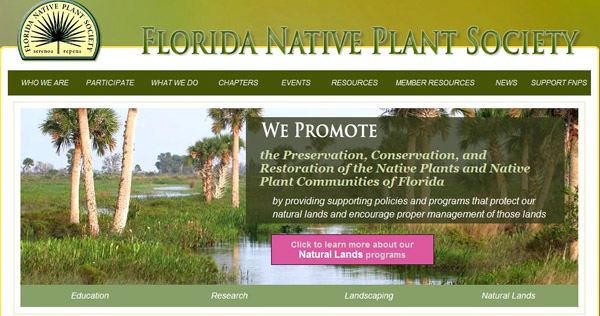Plant Profile: Devil’s Walking Stick, Aralia Spinosa

Figure 1. Aralia spinosa , devil's walking stick; note the compound leaves and terminal flower arrangement. Photo credit: Gil Nelson. By Nnamdi Ofodile This post is one of a series from professor Nisse Goldberg's Botany students at Jacksonville University. Classification Kingdom: Plantae Phylum: Magnoliophyta Class: Magnoliopsida Order: Apiales Family: Araliaceae Genus: Aralia Specific epithet: spinosa Description Aralia spinosa , Devil’s walking stick, is the only Aralia species in Florida (Figure 1) and is an aromatic spiny shrub/small tree of the Ginseng or Araliaceae family. You can find this plant in the northern and central counties of the state, and in moist soils that are partially shaded by a canopy, where it typically grows between 12 and 15 feet high. Figure 2. A. spinosa with notable prickles. Photo credit: Shirley Denton. Figure 3. Drupes of devil's walking stick. Photo credit: Virginia Ducey. Lean against the thin trunk of Devil...






